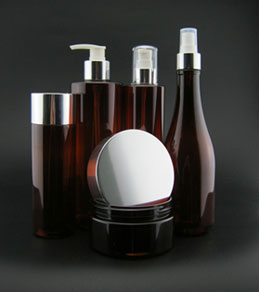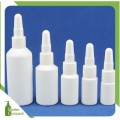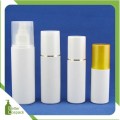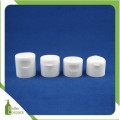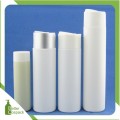News
What is the best material for shampoo bottles?
Sep 19 , 2023 Views: 755
The choice of material for shampoo bottles depends on various factors, including environmental concerns, cost, durability, and aesthetic preferences. Here are some common materials used for shampoo bottles, along with their advantages and disadvantages:Plastic:
Advantages: Plastic bottles are lightweight, shatter-resistant, and relatively inexpensive to manufacture. They are also versatile in terms of shape and size, making them suitable for a wide range of shampoo products. Additionally, plastic bottles can be recycled, though the recycling rates can vary.Disadvantages: Many plastic bottles are made from petroleum-based materials, contributing to environmental concerns. Single-use plastic bottles, in particular, have a negative impact on the environment due to their persistence in landfills and potential for ocean pollution.
HDPE (High-Density Polyethylene):
Advantages: HDPE is a commonly used plastic for shampoo bottles. It is durable, lightweight, and has good chemical resistance, making it suitable for storing a variety of hair care products.Disadvantages: While HDPE is recyclable, the recycling rate for plastic bottles in general varies by location, and not all HDPE bottles may be recycled.
PET (Polyethylene Terephthalate):
Advantages: PET is another common plastic used for shampoo bottles. It is lightweight, durable, and transparent, which allows consumers to see the product inside. PET is also widely recyclable.Disadvantages: Similar to HDPE, the recyclability of PET bottles depends on local recycling programs and infrastructure.
Glass:
Advantages: Glass bottles are recyclable and have a premium, eco-friendly image. They are impermeable, which helps preserve the quality of the shampoo inside and prevents chemical interactions between the bottle and its contents.Disadvantages: Glass is heavier and more fragile than plastic, making it more expensive to transport and more likely to break if dropped.
Aluminum:
Advantages: Aluminum bottles are lightweight, recyclable, and have a modern, attractive appearance. They are also less likely to react with the product inside, preserving its quality.Disadvantages: Aluminum bottles can be more expensive to produce than plastic bottles.
Biodegradable and Plant-Based Plastics:
Advantages: Some shampoo bottles are made from biodegradable or plant-based plastics, which are designed to break down more easily in the environment.Disadvantages: The effectiveness of biodegradable plastics can vary, and they may require specific disposal methods to break down properly.
Ultimately, the best material for shampoo bottles depends on a brand's values, the preferences of its target audience, and its commitment to sustainability. Many brands are increasingly opting for eco-friendly options, such as recycled plastics, refillable containers, or alternative materials, to reduce their environmental impact and meet consumer demands for sustainable packaging.
Products
Hot Products
-
BS01 3ml 5ml 8ml... BS01 3ml 5ml 8ml...
-
60ml 80ml 100ml... 60ml 80ml 100ml...
-
18/20/24/28/410... Product...
-
24mm 28mm cosmetic... Product...
 English
English







